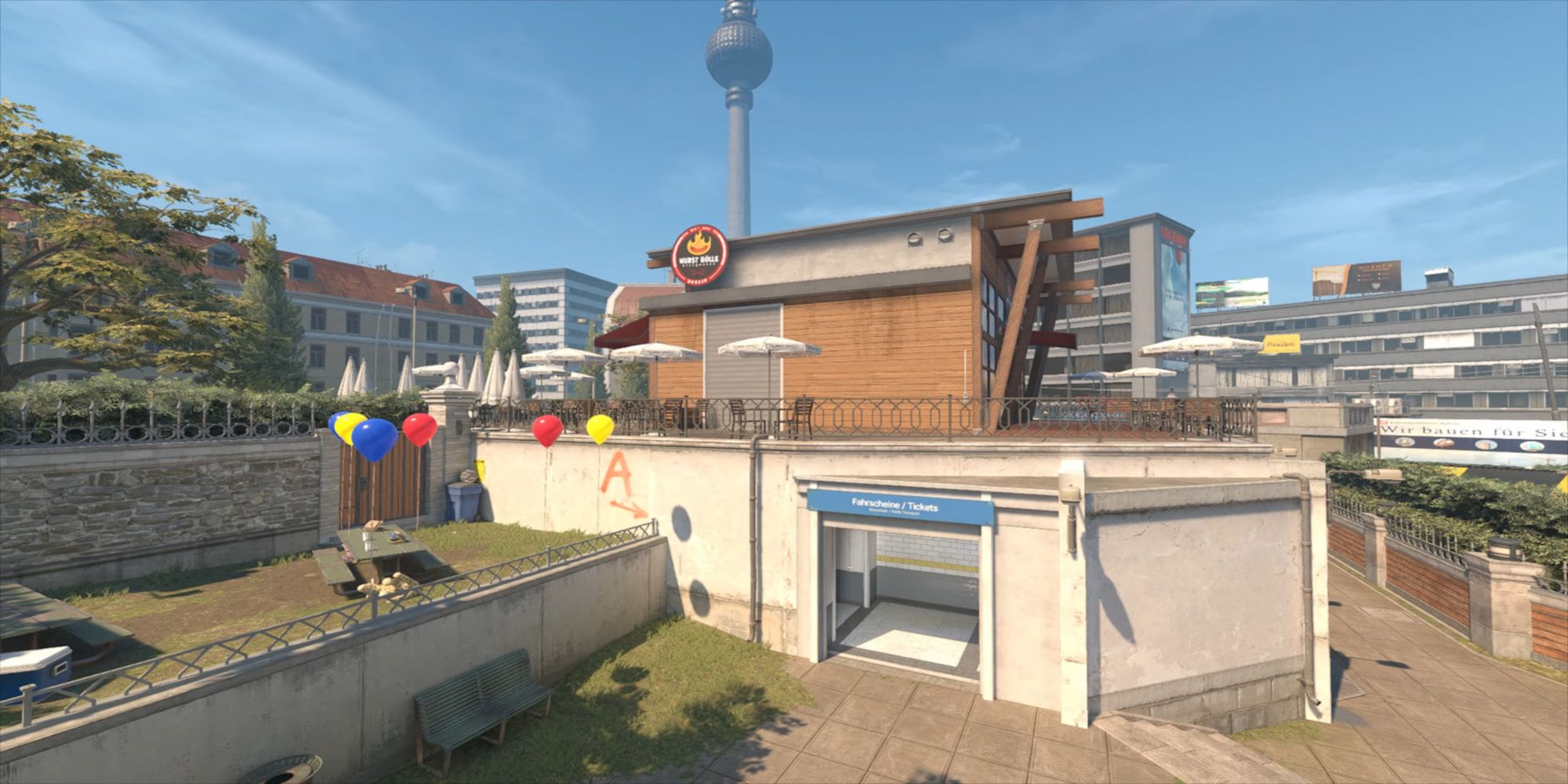The Hookup Doctor's Guide
Navigating the world of modern dating and relationships.
Claiming Virtual Territory: The Intricacies of CS2 Map Control
Master the art of CS2 map control and unlock victory! Discover strategies to claim virtual territory like a pro in our latest blog.
Understanding CS2 Map Control: Techniques for Dominating Virtual Territory
Understanding CS2 map control is crucial for players seeking to dominate their virtual territory. Effective map control not only enhances your team’s strategic positioning but also limits the options of your opponents. One fundamental technique is to establish a key area on the map, often referred to as a 'hard point.' This involves securing high-traffic zones where players can control engagements and dictate the pace of the game. Regularly utilizing smokes and flashes can disrupt the enemy's vision, allowing your team to push forward and claim crucial areas.
Another critical aspect of understanding CS2 map control is movement and communication. Team members should maintain constant communication about enemy locations and their own positioning. Utilizing tools such as map callouts can streamline this process, allowing for strategic plays. Additionally, rotating between areas as a team can help in applying pressure to the opponents, ensuring they cannot safely position themselves. Remember, map control is not just about holding ground; it’s about creating opportunities and denying opponents their chances to execute their strategies effectively.

Counter-Strike is a highly competitive first-person shooter game that has captivated gamers for years. Players engage in team-based missions, with one side playing as terrorists and the other as counter-terrorists. The gameplay often involves a variety of weapons and strategies, with players needing to balance their loadout with more heavy tactics and quick thinking. Its enduring popularity can be attributed to its dynamic gameplay, frequent updates, and a dedicated community.
Key Strategies for Effective Map Control in CS2: Tips and Tricks
Effective map control in CS2 is crucial for securing victory, as it allows your team to dominate key areas and restrict enemy movements. One of the fundamental strategies to achieve this is by utilizing smokes and flashbangs to block enemy sightlines and create opportunities for your team. For instance, throwing a smoke grenade in choke points can disorient opponents, giving your team a tactical advantage. Additionally, effective communication is essential; always relay information about enemy positions and movements to your teammates to maintain control over the map.
Another vital tactic for maintaining map control is to engage in regular rotations and position adjustments. If your team loses an area, quickly regroup and reinforce your presence in more critical locations. Consider adopting a split strategy or focusing on site control to effectively manage both offensive and defensive plays. To further enhance your effectiveness, consider practicing anchor roles in critical parts of the map while ensuring that there are always players ready to rotate based on the evolving game situation. By implementing these strategies, you'll not only improve your individual performance but also help your team secure a decisive advantage in CS2.
How Does Map Control Influence Victory in CS2?
In Counter-Strike 2 (CS2), map control is a crucial element that significantly influences the outcome of a match. Achieving dominance over key areas of the map allows a team to dictate the pace and flow of the game. For instance, controlling central chokepoints can enable teams to effectively rotate and defend bomb sites, providing them with strategic flexibility. Additionally, having map control allows for safe movement through the map and access to important resources, such as weapons and grenades, that can turn the tide of battle.
Moreover, teams with strong map control can apply pressure on opponents, forcing them into unfavorable engagements. This can lead to advantageous trades and create openings for successful bomb plants or defusals. Map awareness and communication among team members are essential for maintaining control and adapting strategies based on enemy movements. Ultimately, mastery of map control in CS2 not only enhances a team's tactical advantages but also plays a vital role in achieving victory, as it allows for the exploitation of opponents' weaknesses and the minimization of risks.